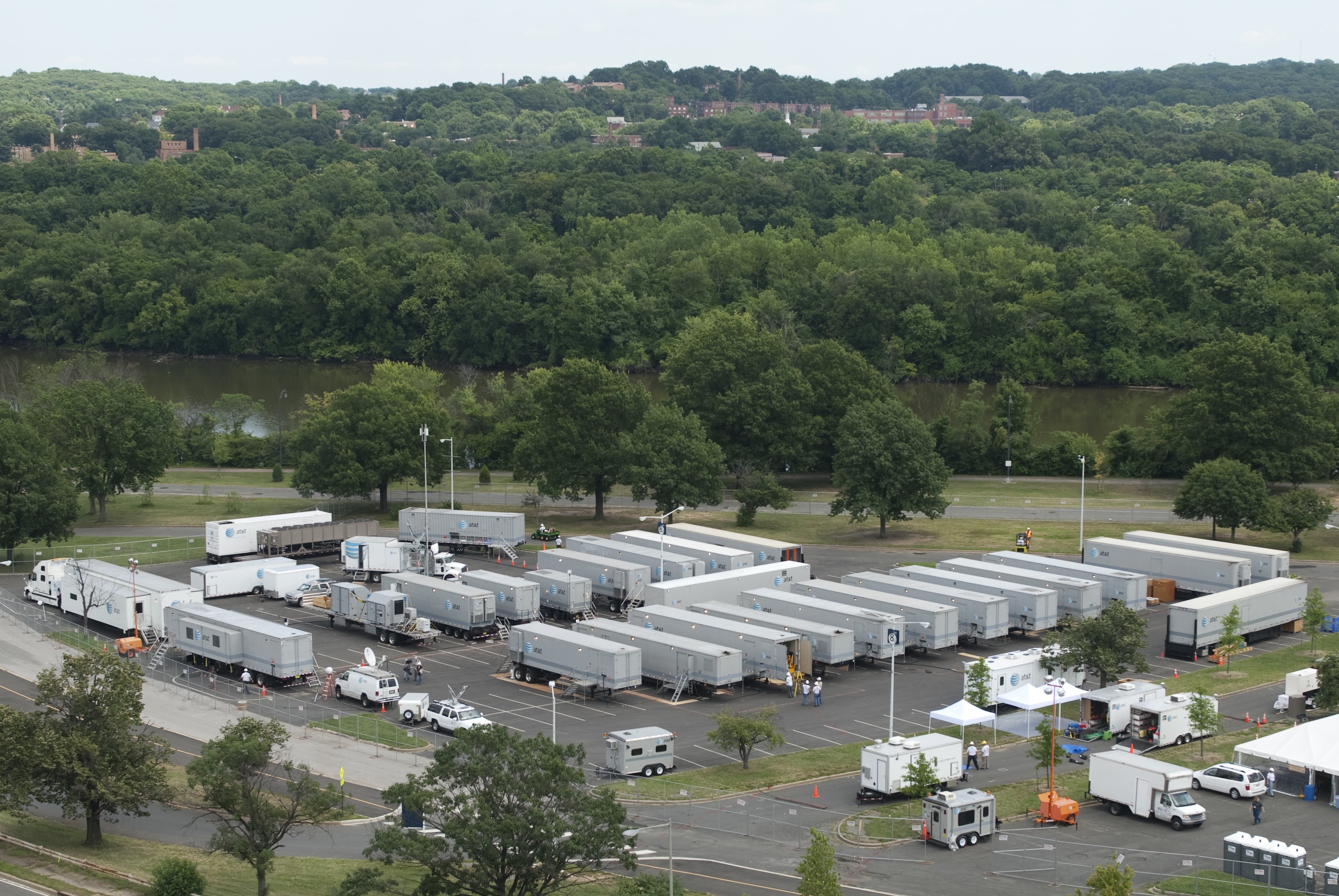Search Results for "" Homeland ""
Not finding what you’re looking for?
10 of 440 Results
Military Aligns Disaster Response Across Country
The Defense Information Systems Agency is stepping up its outreach to homeland security partners in all tiers of government in another Defense Department effort to improve interoperability. Plans include building personal relationships and improving technical knowledge as personnel from the agency attend increasing numbers of events across the nation. The agency also is pursuing more formal synchronizations through high-level channels. Officials believe the work will result in better, more coordinated responses to catastrophes. The work often places the federal agency in a consultant role, advising others on best practices and new ideas for purchases and procedures.
Command Delivers Connectivity During Crises
The U.S. Army sector of U.S. Northern Command is contributing to homeland security and defense by bringing communications where and when it is needed most. To enhance its ability to keep leaders and first responders connected, U.S. Army North recently opened a new network operations center at its home base in San Antonio. The center provides situational awareness of the plethora of connectivity equipment the organization literally sends out into the field during both natural and manmade crises.
Group Plans Next-Generation Disaster Relief
An international research group is promoting the use of affordable, sustainable technologies to support stressed groups of people in the wake of natural and manmade disasters. These methods include the use of commercial shelters, water purification systems, solar power and lighting that can be rapidly acquired in bulk and shipped to a stricken area. By working across the government-civilian spectrum of agencies, organizations and nonprofit entities, the group seeks to create open-source resource templates that can be accessed by disaster management personnel.
Partners Employ Web Technology To Manage Emergencies
The Federal Emergency Management Agency has awarded a grant for online donations management to control resources coming in during disaster response. This thrust to share information virtually streamlines efforts among government and private organizations as well as individuals, increasing the efficiency of outreach and eliminating the burden of unusable supplies. Through the system, the government and its associates can fill needs in the right places with the right solutions with less trouble and more collaboration.
Guard Ready for Emergencies
Hurricanes here, manmade trouble there, disasters, disasters everywhere. Between Mother Nature running amok and human-borne disasters, Florida has its share of dangerous incidents. Fortunately, the state is putting new measures in place to protect its citizens, and sharing them with other states. A cutting-edge communications system has been developed to fill gaps in current capabilities and offer new resources to emergency responders, and it is ready to take on whatever the rest of 2008 (and beyond) decides to dish up.
Handheld Help for Emergency Responders
A system that began as a handheld reference device has burgeoned into a full-service emergency response aid that soon will be able to deduce the nature of hazardous substances on site. Known as the Wireless Information System for Emergency Responders, or WISER, the system is capable of being installed in a personal digital assistant, a Windows Mobile device or a smart phone, and serves an individual responder without any reach-back or networking requirement.
National Guard Looks To Connect Nationwide
Despite major efforts to make first responder communications interoperable across the United States, establishing and managing joint radio and data networks during a disaster or terrorist attack remain a challenge. The National Guard has recently deployed a national system designed to link its units with civilian state, local and federal agencies during an emergency. This capability uses Web-based tools, deployable communications packages, and national coordination centers to manage first responder interoperability during a crisis.
First Responders, Hospitals Need More Bandwidth
The United States’ emergency medical communications and computer networks are on life support. This is the conclusion of a recent report to Congress by a committee of experts from the telecommunications and emergency response industries. Although hospitals and first responders use many modern technologies, the document found that their communications systems are antiquated and unable to utilize the full advantages of modern network-centric information systems.
Identifying Energy Waves Becomes Faster And More Precise
With the possibility of a nuclear attack within the United States still very real, developers from the government and private industry are working to create radiation detectors that will yield more accurate results from greater distances. Building on technology created for fields such as astrophysics and nuclear medicine, the homeland security community wants to create tools that will stop the “bad guys” before they reach their destinations.
